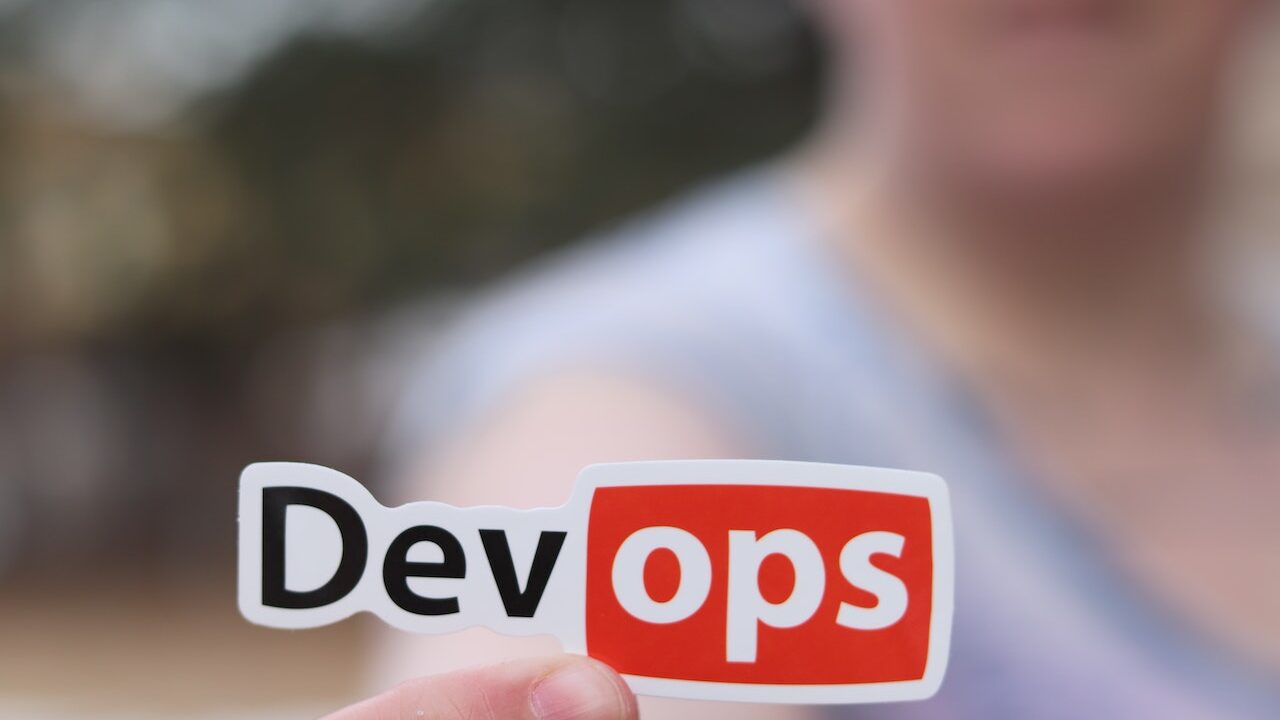
Introduction
In the realm of software development, It has emerged as a revolutionary approach, blending development and operations to streamline processes and enhance collaboration. But what does the term “art” signify in the context of DevOps? And how do the principles and areas of it contribute to its core concept? This article delves into the artful tactics of it and its foundational principles to provide a comprehensive understanding.
- The Artistry in DevOps: Beyond Technicalities
When we talk about the “art” in DevOps, we’re referring to the finesse, creativity, and adaptability that professionals bring to the table. It’s not just about tools or technologies; it’s about the human touch that makes the difference.
Craftsmanship: Just as an artist crafts a masterpiece with precision, its professional meticulously designs and implements processes to ensure efficiency and reliability.
Innovation: The artistry in it also lies in its innovative approach, constantly evolving to adapt to changing requirements and challenges.
Collaboration: Like a group of musicians creating harmony, It emphasises seamless collaboration between teams, ensuring that everyone is in sync.
- The Three Pillars of DevOps: Principles to Live By
Understanding the principles of it is crucial for its successful implementation. Let’s explore the three core principles:
- Flow: This principle emphasises the smooth and continuous delivery of value to the end-users. By automating processes and reducing bottlenecks, DevOps professionals ensure that software changes flow seamlessly from development to operations.
- Feedback: In the world of DevOps, feedback loops are vital. They provide insights into potential issues, allowing teams to address them proactively. Whether it’s through monitoring, testing, or direct user feedback, this principle ensures that the product is always aligned with user needs.
- Experimentation and Learning: DevOps isn’t static. It encourages teams to experiment, learn from failures, and continuously improve. This principle fosters a culture of innovation, where risks are taken, lessons are learned, and the product evolves.
- Diving Deeper: The Four Areas of DevOps
It encompasses various areas, each contributing to its overarching goal of streamlining development and operations. Here are the four key areas:
- Infrastructure and Configuration Automation: Automation is the backbone of DevOps. This area focuses on automating infrastructure provisioning and configuration, ensuring consistency and reducing manual errors.
- Continuous Integration and Continuous Delivery (CI/CD): CI/CD practices ensure that code changes are automatically tested and deployed to production, facilitating rapid releases without compromising quality.
- Application Performance Monitoring: Monitoring application performance in real-time allows teams to detect and address issues promptly, ensuring optimal user experience.
- Collaboration and Communication: As mentioned earlier, collaboration is a cornerstone of DevOps. This area emphasises tools and practices that enhance communication between development and operations teams, fostering a unified approach.
- The Essence of DevOps: A Holistic Approach
At its core, it is about breaking down silos and fostering collaboration. It’s a cultural shift, emphasizing empathy, open communication, and shared responsibility. The main concept of it is to create an environment where development and operations teams work hand-in-hand, sharing insights, challenges, and solutions. It’s about creating a cohesive unit that works towards a common goal: delivering value to users efficiently and reliably.
Conclusion
DevOps, with its artful tactics and foundational principles, has transformed the software development landscape. By understanding what “art” means in it and diving deep into its principles and areas, organizations can harness its full potential, streamlining their development pipelines and delivering unparalleled value to their users.
FAQs on DevOps: Artful Tactics & Key Principles
- What does “art” mean in the context of it?
In its, “art” refers to the finesse, creativity, and human touch that professionals bring to the process. It’s about the craftsmanship in designing processes, the innovation in adapting to challenges, and the collaboration between teams.
- Are the principles of DevOps rigid?
No, the principles of DevOps—Flow, Feedback, and Experimentation and Learning—are guidelines. They provide a framework, but teams can adapt them based on their specific needs and challenges.
- How does Continuous Integration differ from Continuous Delivery?
Continuous Integration (CI) is the practice of frequently integrating code changes into a shared repository, where they are automatically tested. Continuous Delivery (CD) extends CI by ensuring that code changes are automatically prepared and ready for a production release.
- Why is collaboration emphasised so much in it?
It aims to break down silos between development and operations teams. Collaboration ensures that both teams work together, share insights, and address challenges, leading to faster and more reliable software delivery.
- How do tools fit into the DevOps landscape?
While it is a cultural and methodological shift, tools facilitate its implementation. They automate processes, enhance collaboration, and provide insights, making it approach more efficient.








